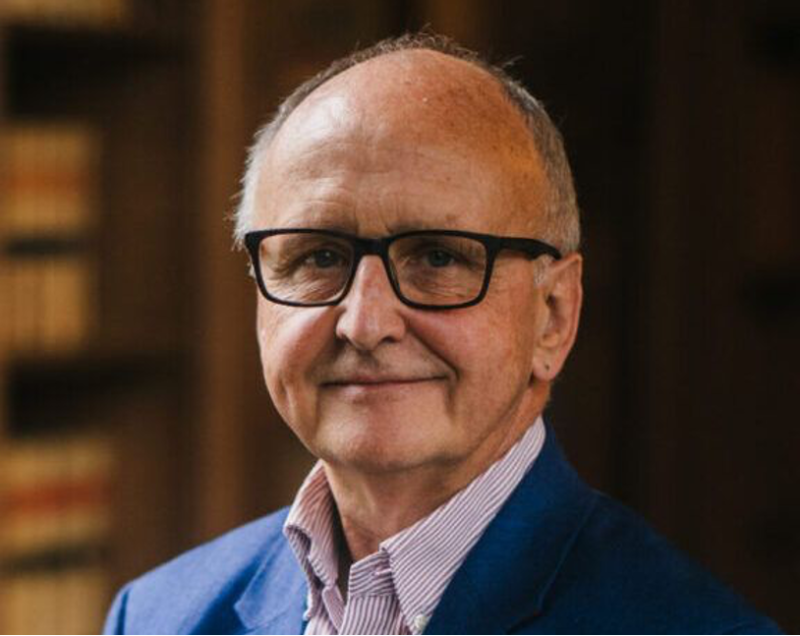In The News
Short-term pain relief
Totalling some £750 million, and announced in separate tranches over the past six months, a key objective of the fund has been to allow local authorities to boost capacity in the care sector. The funding also included a provision for £50 million in capital funding to allow hospitals to upgrade facilities such as ambulance hubs for patients who are about to be discharged.
Although the Prime Minister has claimed that the discharge fund made an instant difference, critics have pointed out that the available data at the time of Rishi Sunak’s comments didn’t support his optimistic outlook. Looking at the NHS daily discharge data, it appears that at the time he spoke the average discharge rate had decreased slightly from its early January peak, but remained higher than the average across winter as a whole before rising again in February.
While Louise Ansari, national director of Healthwatch, says the money will “fund [the] swift discharge of stranded hospital patients into care homes”, Sheila Norris, chief executive of the Association of Directors of Adult Social Services, argues more “long-term, sustainable investment in primary and community-based care and support, and for family carers” is needed (sentiments echoed by this month's opinion writer, Richard Humphries).
With the most recent data from NHS England showing that the number of patients awaiting discharge in March is larger on average than in November and December, the Shadow Minister for Health and Social Care Liz Kendall has questioned the impact of the winter fund: “The Conservatives’ botched plan ignored the root causes of chronic staff shortages and lack of care in the community, the winter fund didn’t arrive until halfway through the winter, and now Rishi Sunak is abandoning their promised social care reforms.”
Steve Barclay, Secretary of State for Health and Social Care, has attempted to address the long-term pressure on the health service by partnering with care alliances in Sussex, Yorkshire, Croydon and others, known as the National Discharge Frontrunners. These partnerships will provide dementia hubs, rehabilitative care, and improved data tools. Barclay says these are “innovative, quick solutions which could reduce discharge delays, moving patients from hospital to home more quickly.”
In this edition, we interview Dr Lisa Cameron MP who thinks extra funding does not address the key issues in social care, and Richard Humphries who thinks the programme is short-termist and speaks to a failure of long-term strategic planning.
Interview
This month we sat down with Dr Lisa Cameron MP, Chair of the All-Party Parliamentary Health Group, to understand her perspective on the Government's hospital discharge fund.

How effective has the hospital discharge programme been at improving capacity in the social care sector and increasing the hospital discharge rate?
The extra investment was undoubtedly needed, but the money hasn’t been as effective as the Government would have hoped for. That’s why additional funding has subsequently been required. But it’s naïve to believe short term injections of funding alone are the solution to the problem. Instead, much more needs to be done to achieve parity of esteem, opportunity, and pay between a career in the social care sector and that of the NHS.
Also, integrated care pathways aren’t as developed as they should be. There needs to be more streamlining both in terms of funding, but also the discharge process. The communication and assessment between health and social care is still too disjointed.
Do you believe slow hospital discharge rates are primarily because of shortcomings in the social care or secondary care sector?
Forty per cent of hospital discharges are delayed awaiting a social care package, the remainder are down to other factors. We need to get a better handle on what drives these ‘other’ factors.
But, and in terms of those waiting to access social care, I know from my work in Parliament and in my constituency that these problems aren’t unique to NHS England.
There needs to be more streamlining both in terms of funding, but also the discharge process. The communication and assessment between health and social care is still too disjointed
Access to social care in rural areas is a particular challenge and is often a symptom of the chronic workforce crisis facing the sector. Care providers, including those in my constituency, often tell me how they invest significant resources recruiting, training, and trying to retain carers only to find that they leave the sector in favour of other higher paid jobs. Tackling the social care recruitment crisis is a key issue.
Will improved intermediate care, such as community health services, and increased ‘virtual ward’ capacity free up hospital capacity?
Community health services have an important role to play. But they present another workforce issue. Is the manpower required to provide these services going to drain staff away from areas such as primary care, social care, and the NHS? How will training be delivered? Effective long-term workforce planning is required.
But we also need to address barriers preventing people from accessing primary care services. Improved access to primary and community care will improve early intervention and alleviate demand for secondary care.
Diagnostic centres and mental health hubs based in the community could play a valuable role in alleviating pressure on hospitals and mental health services, but, again, it’s about having appropriately trained staff to service them.
Technology is another important part of the jigsaw. Robotics, patient screening, virtual wards etc. Technology can carry some of the load. The complete digital integration of community health must be a priority. Bureaucracy in the NHS has often stifled innovation. COVID demonstrated that by cutting out this red tape the results can be transformative. We must nurture digital innovation in the health service, but doctors and nurses and other experts need to be involved in the development process.
OPINION
Richard Humphries, Senior Advisor to The Health Foundation, sets out his thoughts on the effectiveness of the Government's hospital discharge programme.

News headlines have been dominated by stories of besieged acute hospitals, whose front doors are bursting with very poorly people queuing to get in, some waiting in ambulances outside, whilst many of the patients inside cannot get out because of delays to their discharge. Away from the media glare, there is an equally serious but far less visible crisis involving many thousands of people waiting for social care in their own homes. When hospitals are full, the community is usually ‘full’ too. The human consequences of our failing health and care system are immense.
It is to the government’s credit that in five months it has found £750 millions to tackle the problem of delayed discharges. But it has been tardy in getting the money out to systems, the funding route has been fragmented between councils and the NHS, and the short-term approach - the latest tranche of money has to be spent within weeks - has stifled progress. Far more could have been achieved if providers and commissioners had been brought together a year or more ago to plan what could be done with such a substantial sum of public money. There would have been no shortage of practical ideas and solutions.
Amidst an almost desperate drive to relieve the pressures on hospitals, it is worth remembering that delayed discharges are but one symptom of the failure of the NHS
Amidst an almost desperate drive to relieve the pressures on hospitals, it is worth remembering that delayed discharges are but one symptom of the failure of the NHS and social care system to offer people the right care, in the right place, at the right time. Attributing the problem to social care alone overlooks the fact many delays are due to internal hold-ups within hospitals such as waiting for prescriptions, transport, referral letters and decision-making ward rounds. The Department of Health and Social Care’s own guidance estimates that at least a half of people leaving hospital are ‘simple’ discharges not dependent on further care or support. Less than 5 per cent will need residential care. There are some awkward questions about why some hospitals still struggle with these basic operational issues 20 years after good practice guidance on hospital discharge (which I helped to write). And why the NHS has consistently under-invested in basic community services, intermediate care and rehabilitation that achieve better outcomes for people and reduce the need for acute and long-term care.
It is encouraging that some of these issues are acknowledged in the NHS’s new plan for recovering urgent and emergency care that sets out over the next two years to increase capacity, deliver more out-of-hospital care such as the virtual ward initiative and improving discharge through more step-up and step-down care. All laudable aims but whether they go far enough in tackling the deeper and long-standing problems afflicting health and social care is questionable. A record number of 165,000 vacancies in social care alongside critical shortages in general practice and district nursing begs the question of where staff will come from. Quick fixes are no substitute for a good long-term plan, including the long-promised reform of social care.



